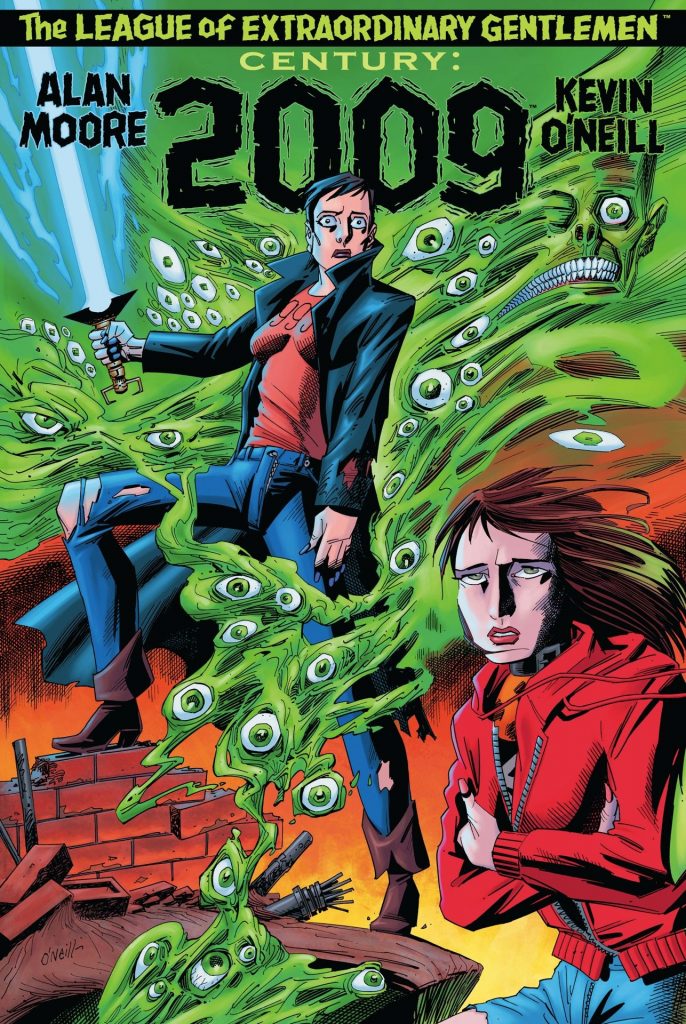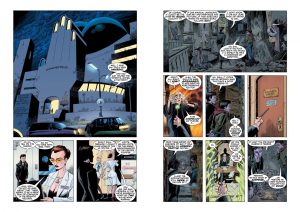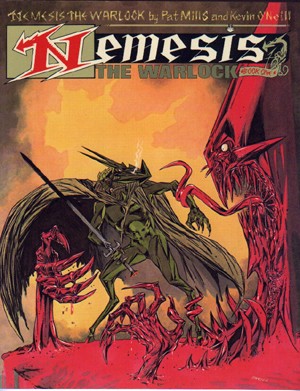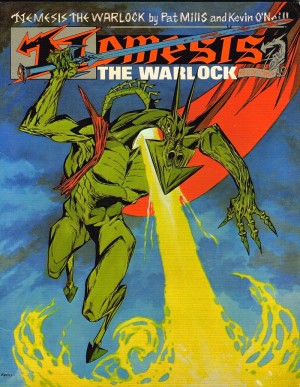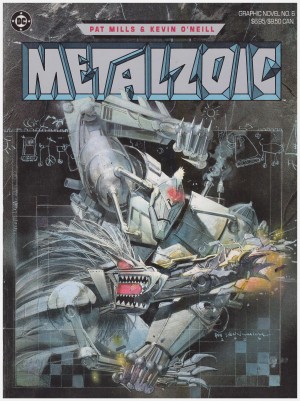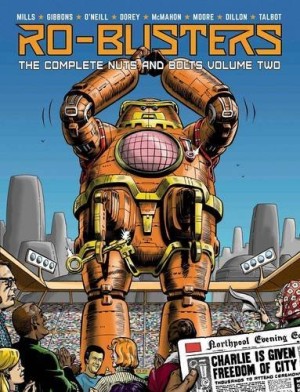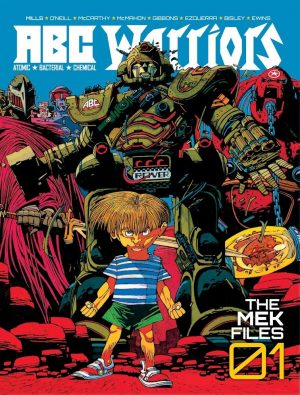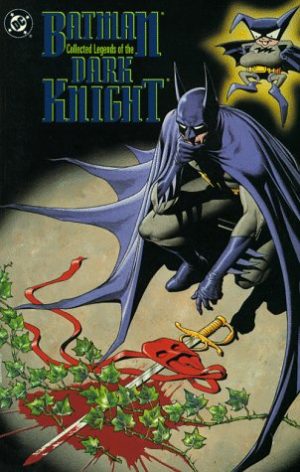Review by Graham Johnstone
The League of Extraordinary Gentlemen, presents a unified world of characters from across fiction. After two volumes set in 1898, the stories jumped in time, building an alternative history of Britain (and beyond) as reflected in its fictions. Following novellas set in 1910 and 1969, Century 2009 brings the story up to the then present, completing the third volume, and the century of the title.
Century 1910, began with a premonition of a “Moon-Child”, triggering “a strange and terrible new aeon.” This references a novel by occultist Aleister Crowley, real-life inspiration for Oliver Haddo, this volume’s sorcerous adversary.
Century 1969 brilliantly worked the prophesy into 1960s counterculture, and Century 2009 sees League survivors Mina Murray (from Dracula), colonial adventurer Allan Quatermain, and transexual immortal Orlando still recovering from that. It opens with Orlando a soldier in the Iraq war, being discharged after ‘surviving’ a massacre. He becomes she, but remains aimless until sorcerous sponsor Duke Prospero challenges her to reconvene the group and avert the Moon-Child’s now imminent apocalypse. This triggers a search for long-missing companion Mina, requiring a risky reconnection with British Intelligence. Mina stole that organisation’s secret files on her group, in (eponymous source-book to the series) The Black Dossier.
Throughout the series Moore develops his borrowed characters ingeniously, but credibly, from their source stories. His treatments, in the espionage strand alone, range from the fondly affectionate to the savagely satirical. As if a century glimpsed through three snapshot years wasn’t ambitious enough, Moore picks up the threads of The Black Dossier‘s 1958 story, that he’ll weave into final volume The Tempest.
The main plot of Century, though, is the supernatural prediction in 1910. The aforementioned Crowley novel concerns “a magical war between white magicians and black magicians, over an unborn child.” Moore astutely weaves this into a more contemporary magical franchise. He is true to the original stories, but in a typically bold twist, has the now adult hero left traumatised. Once again, Moore uses the fiction of the time, its fairytales and “propaganda myths”, to reveal contemporary Britain. When Orlando compares a massacre at a magical school to real-life events, Mina (‘elsewhere’ since 1969) muses that in past times she could at least believe the world would get better. Less convincing, is Orlando’s labelling their adversary “a very banal magician”, which feels like self-identified magician Moore, using his character as a mouthpiece. Moore’s final solution to the apocalyptically inclined Moon-Child is an ingenious twist on the idea of merging magical worlds, and plays wittily on the meta-fictional musings, but as narrative it’s disappointing, introducing a deus ex machina that sidelines the series protagonists.
Intertextual ‘wizardry’ aside, each book is a character story, and there are convincing developments here for the so far remorseless Orlando, and pushy Mina. Allan, absent for most of the book, also faces his challenges from past and present. While best read in publication order, Moore ensures each book satisfies as a stand-alone story.
Moore’s virtuosity shouldn’t overshadow artist and co-creator Kevin O’Neill. Thirty years into his art career, he keeps refining his characters, composing more elegant panels, and is equally strong on action and character scenes. Colourist Ben Dimagaliw applies some dazzling palettes, excelling on night-time scenes, magical effects, and distinguishing time-shifts, as pictured, right.
Quibbles aside, it’s a strong conclusion to Century, later collected in a single volume. Next published was the spinoff Nemo trilogy.
